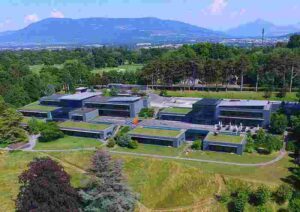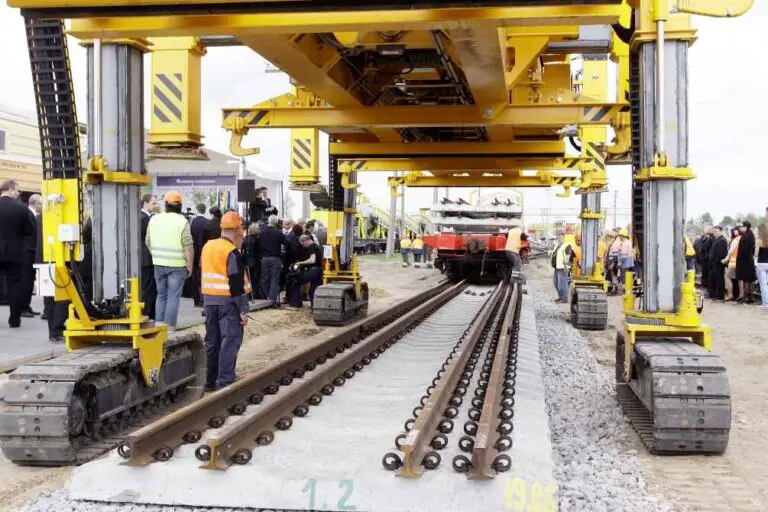Green Economy Definition, History, Characteristics, Importance
Green economy is the production and consumption of goods and services in a manner that protects the environment and conserves natural resources. This article discusses green economy definition, history, components, characteristics, purpose, principles and importance, as outlined below;
-Green Economy Definition: 4 Ways to Define Green Economy
-Characteristics of Green Economy
Green Economy Definition: 4 Ways to Define Green Economy
Green economy is an economic system or approach that places importance on environmental sustainability as a core aspect of socioeconomic advancement [2].
What is given above is a very basic definition of green economy, which mentions its prioritization of the environment or ecosystem as a factor that must be optimized.
However, in order for a green economy to be fully sustainable, it must satisfy all three pillars of sustainable development, including social, economic and environmental [3]. The following green economy definition further clarifies the relationship between green economy and sustainable development;
Green economy is a system of resource exploitation and production that seeks to achieve economic profitability, social acceptability and environmental compatibility by implementing principles of sustainable development.
When it is implemented with full effectiveness, green economy can mitigate resource depletion by encouraging recycling and conservative consumption [6]. This is very similar to the function of circular economy.
In spite of this similarity, green economy is different from circular economy in terms of its overall context, and principles.
Below is an alternative green economy definition that mentions some principles of green economy;
Green economy is an approach to production and consumption that is based on principles like; environmental justice, resource efficiency, process decarbonization, inclusion, and population-wellbeing.
A close look at the principles listed above can provide some insight on some specific functions carried out in a green economy. These functions are further clarified in the green economy definition below;
Green economy is a type of sustainable economy that takes measures like material substitution, energy transition, product recycling, carbon removal, sustainable agriculture and sustainable building; in a bid to reduce the overall environmental impact of economic development.

History of Green Economy
The foundation for the concept of green economy was laid in 1972, following a publication by the Club of Rome titled; Limits to Growth [5].
While this report was more inclined toward sustainable economy, it addressed some points that are also found among the principles of green economy.
The Brundtland Report published that same year, similarly addressed green economic principles within the context of sustainable economy.
In a 1989 report published for the United Kingdom Government, the term green economy was used [4]. This is arguably the earliest use of the term in literature, and coincides with the increase in relevance of sustainable development discussions around the world.
Along with further literary appearances during the 1990s, green economy was a theme of concern in the 1992 Earth Summit and Agenda 21, along with other environmental concepts.
The same period saw a general rise in the prominence of environmental and socioeconomic studies, with topics like deforestation, resource depletion, overpopulation, climate change and ozone depletion gaining more importance.
After a period of near-obscurity, the concept regained attention in 2008, in literature, academic research, and organizational efforts.
This is exemplified by the Green Economy Initiative launched by UNEP in October of 2008 [1]; in order to incentivize environment-friendly economic practices and boost global economic sustainability.
The period from 2008 to the early 2020s has seen a faster pace of development of various arms of green economic growth, as well as more literary exposure.
Components of Green Economy
Components of green economy are those elements that form the basic framework on which environment-friendly economic growth can be achieved. They are different from the sectors of green economy, that refer to the industrial elements of an established green economy.
The main difference between components and sectors of green economy is that; while components are required for the establishment of green economy, sectors are required to diversify and sustain green economies that have already been established.
Components of green economy include;
1). Stakeholders
2). Resources (including material, time, labor, technology, and energy resources)
3). Concepts
4). Methods or techniques
5). Schemes
Sectors of Green Economy
Some sectors of green economy are;
1). Sustainable transport
2). Green construction
3). Sustainable agriculture
4). Infrastructure development
5). Raw material management
6). Waste management
7). Decarbonization
8). Pollution mitigation and ecosystem services
Characteristics of Green Economy
Features or characteristics of green economy are;
1). Environment friendliness
2). Efficiency
3). Conservation
4). Innovation
5). Regenerative growth
Purpose of Green Economy
The main purpose of green economy is to unify the cycle of production and consumption with the protection of environmental resources, so that the human population can meet its needs without causing damage to the ecosystem.
This purpose is further articulated by the principles of green economy, which are listed below.
Principles of Green Economy
Principles of green economy are;
1). Environmental justice
2). Resource Efficiency
3). Process decarbonization
4). Inclusion and diversity
5). Population wellbeing
Importance of Green Economy
The importance of green economy stems from its role in sustainable development, whereby the environment and society are both able to benefit from green economic practices.
Green economy is important because it provides a means by which to satisfy the objectives of economic development, while mitigating the risk of hazards and protecting both the environment and its inhabitants.
In a green economic context, the prominence of practices like deforestation and fuel combustion, as well as their impacts, are reduced through measures like energy transition, process optimization and material substitution.
This leads to the protection of natural ecosystems like forests and grasslands; with improved biodiversity.
Green economy is also versatile in its ability to accommodate various forms of innovation at the micro and macro scales.
Conclusion
Green economy is a type of sustainable economy that places priority on ecosystem protection, hazard mitigation and resource conservation, as essential outcomes that must accompany economic development.
Components of green economy are; stakeholders, resources, concepts, methods, and schemes.
Sectors of green economy are; sustainable transport, green construction, sustainable agriculture, infrastructure development, raw material management, waste management, decarbonization, pollution mitigation and ecosystem services.
Characteristics of green economy are; environmental friendliness, efficiency, conservation, innovation, and regenerative growth.
The main purpose of green economy is to ensure that the production and consumption or goods and services do not exceed ecologic capacity or contradict the requirements for overall sustainability.
Principles of green economy are; environmental justice, resource efficiency, process decarbonization, inclusion and diversity, and population wellbeing.
Green economy is important because it encourages biodiversity, innovation, public wellbeing, and both micro and macro scale growth.
References
1). Abdullah, H. T.; Bakar, N. A.; Jali, M. R. B.; Ibrahim, F. W. (2017). “The Current State of Malaysia’s Journey towards a Green Economy: The Perceptions of The Companies on Environmental Efficiency and Sustainability.” International Journal of Energy Economics and Policy 7(1):253-258. Available at: https://www.econjournals.com/index.php/ijeep/article/view/3707. (Accessed 23 December 2022).
2). Bina, O. (2013). “The Green Economy and Sustainable Development: An Uneasy Balance?” Environment and Planning C Government and Policy 31(6):1023–1047. Available at: https://doi.org/10.1068/c1310j. (Accessed 23 December 2022).
3). Jezierska-Thole, A.; Gwiaździńska-Goraj, M. E.; Dudzińska, M. (2022). “Environmental, Social, and Economic Aspects of the Green Economy in Polish Rural Areas—A Spatial Analysis.” Energies 15(9):3332. Available at: https://doi.org/10.3390/en15093332. (Accessed 23 December 2022).
4). Pearce, D. W.; Markandya, A.; Barbier, E. B. (1989). “Blueprint for a Green Economy.” Available at: https://doi.org/10.4324/9780203097298. (Accessed 23 December 2022).
5). Seefried, E. (2011). “Towards the limits to growth? The book and its reception in West Germany and Britain 1972-73.” German Historical Institute London Bulletin 33(1):3-37. Available at:
6). Tulebayeva, N.; Yergobek, F.; Pestunova, G.; Mottaeva, A.; Sapakova, Z. (2020). “Green economy: waste management and recycling methods.” E3S Web of Conferences 159(8):01012. Available at: https://doi.org/10.1051/e3sconf/202015901012. (Accessed 23 December 2022).
